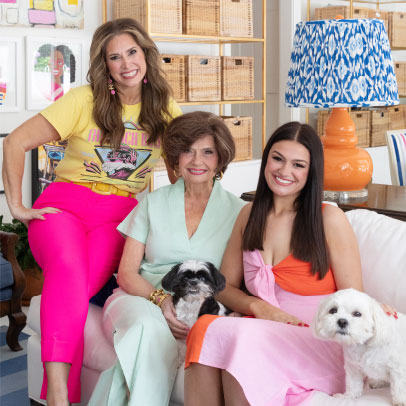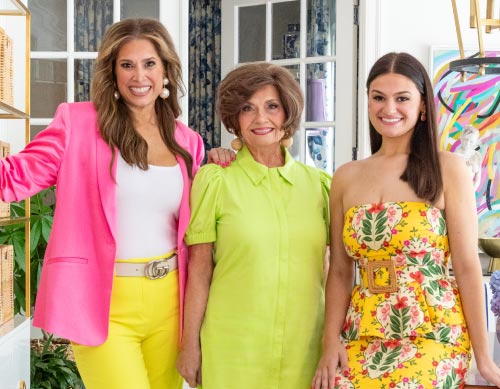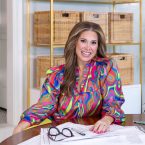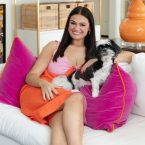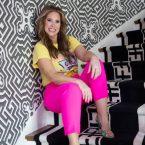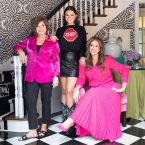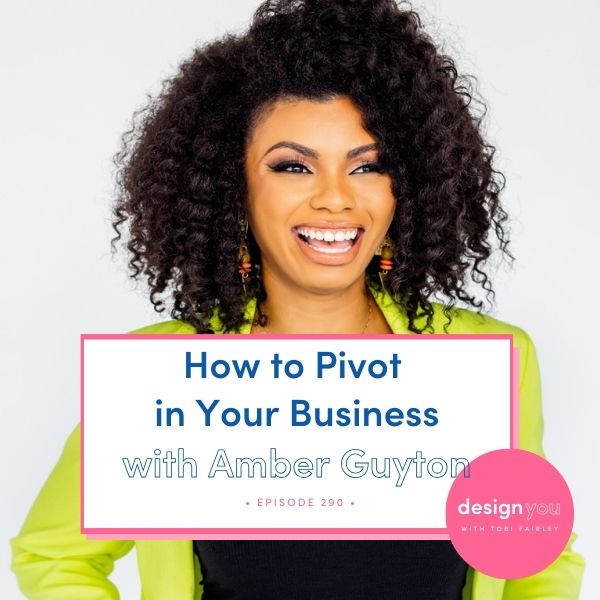
As interior designers, we think we’re only allowed to stay in this one lane in business. However, as creatives, most of us are multi-passionate, interested in a million different things, and love to dabble, change, and pivot. We think changing things up is flaky when in reality, there’s power in claiming these multifaceted parts of ourselves.
This week, I’m speaking to Amber Guyton, the founder of Blessed Little Bungalow. She started BLB as a blog and creative outlet in 2016 before turning it into her full-time design and influencer business in 2021. She found the courage to leave her corporate job in advertising and marketing to join the influencer space, and she’s here to share her journey with us.
Join us on this episode to learn important truths about entrepreneurship, the design industry, burnout, and what it takes to pivot in your business. Amber is sharing her journey of showing up both as an interior designer and social media influencer, and her top tips for anyone who feels called to take a leap of faith with their business.
Prepare to elevate your social media presence and supercharge your interior design business with our dynamic live 3-part training: ‘Show Up on Social Media Like a Pro!’ Join us as we guide you through the strategies and tactics to shine on social media platforms. Say goodbye to uncertainty and hello to confidence as you learn to engage, inspire, and connect with your audience like never before. Don’t miss this golden opportunity to level up your social media game and take your design business to the next level. Secure your spot now and get ready to make a lasting impact in the digital world!

